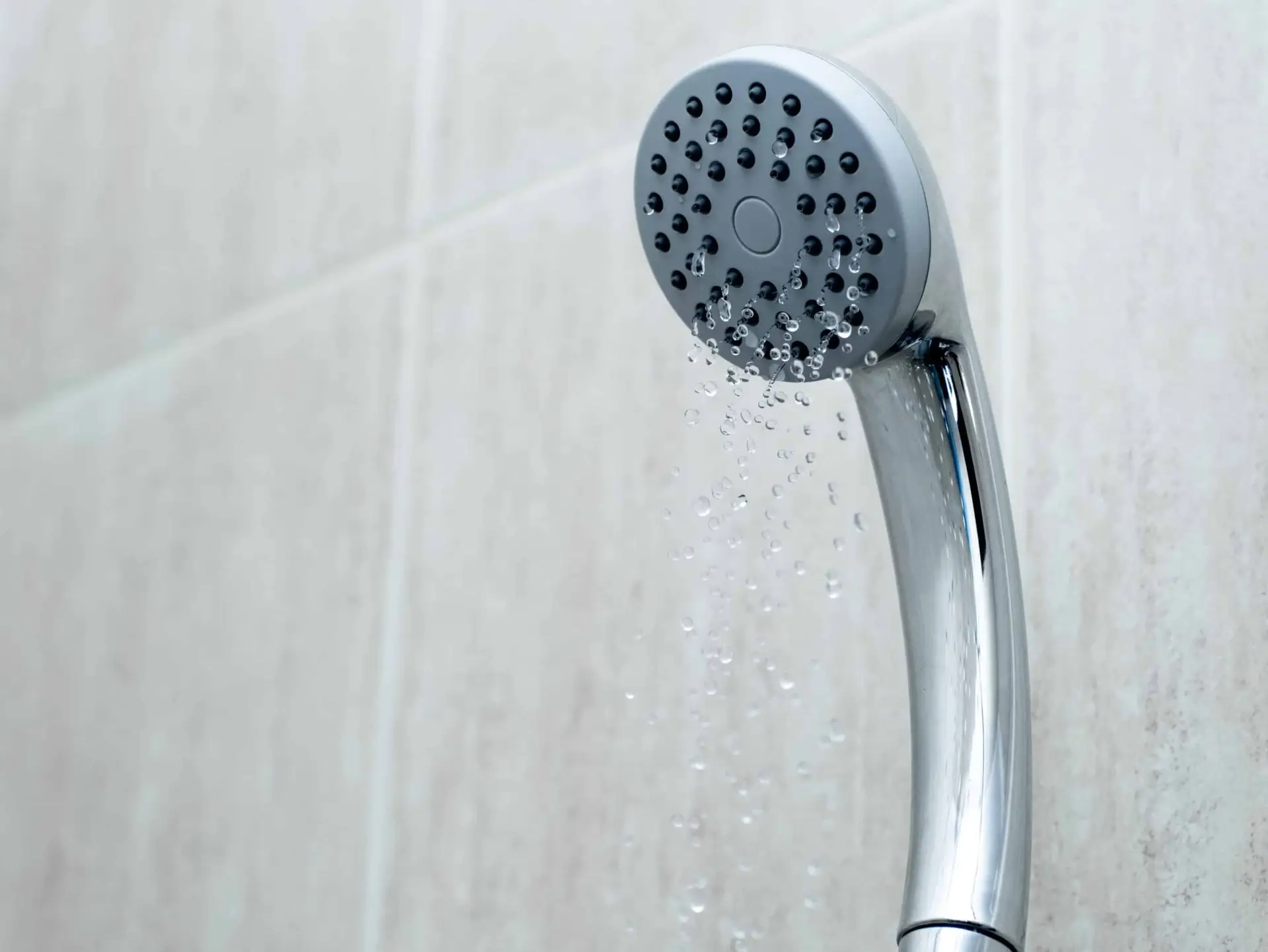You finally took the plunge and invested in the spa-like bathroom renovation you’ve dreamed of. Now there’s nothing left to do but enjoy that fancy multi-head shower system with adjustable body massage jets guaranteed to wash away your stresses. Unfortunately, if your renovation plans didn’t account for your low water pressure issues, you may be greeted with a trickle instead of the pulsating blast you expected.
Few people realize that luxury shower heads on the market today can require an output of 12 gallons per minute (GPM)–some even as much as 20 GPM–for you to experience their full effect. Your renovations won’t live up to your expectations if you only get 5 GPM for your water source, whether you have well or city water.
Failing to consider the impact of your new construction or home remodel design on your water supply is not uncommon. As homeowners, we expect someone else—the plumber or the inspector or even the well driller—to have that covered. And therein lies the problem.
Building codes vary by municipality. Most areas set minimum standards for assessing a well’s adequacy, often based on the number of bedrooms in the house. This provides a general indication of the number of people living in the home and, in turn, the demand for water.
It is possible to have a certified well and/or plumbing installation and piping that has passed inspection, yet still have issues with water pressure and volume. Adding bedrooms, baths and new water features only exacerbates those issues. And those issues go beyond the water pressure, or lack of, from your new shower system.
Low yield wells cannot sustain water levels adequate to meet consumer demands during peak usage times without over pumping their wells. Over pumping increases the wear and tear on your well pump, which can lead to premature equipment failure. It can also adversely affect the quality of your water due to oxidation: as the water level decreases, the mineral and contaminant levels increase.
Short of ripping out your new shower, what can you do to remedy the situation? There are options: drilling a new well or wells, hydrofracking, adding storage tanks, or installing a timed collection system to help regulate the water supply from your existing well.
Well drillers often don’t know how far they will need to drill before reaching water, so cost estimates are tentative at best. Therefore, drilling can be an expensive solution that comes with little guarantee; hydrofracking is environmentally controversial; additional storage tanks won’t necessarily provide enough water to meet your peak demands. That leaves a timed collection system.
A timed collection system draws water from your well at a rate equal to the water production rate of that well. This consistent withdrawal of water allows the well to produce at a steady pace and in sufficient supply to meet large demands.
To learn more about timed collection systems—how they can help with your low water pressure issues and, possibly, save your newly remodeled shower—contact Well Manager today and ask for additional information on their low yield well water solutions.
Related Reading
- What Are the Most Effective Low Flow Water Well Solutions?
- How to Stop Low-Yield Wells and Weak Water Pressure
- All I Want for Christmas Is … Consistent Water Pressure
- Addressing Low Water Pressure: Why Going Deeper Isn’t Always the Best Solution for Low-Yield Wells
- Why You May Experience a Drop in Water Pressure While Working from Home

